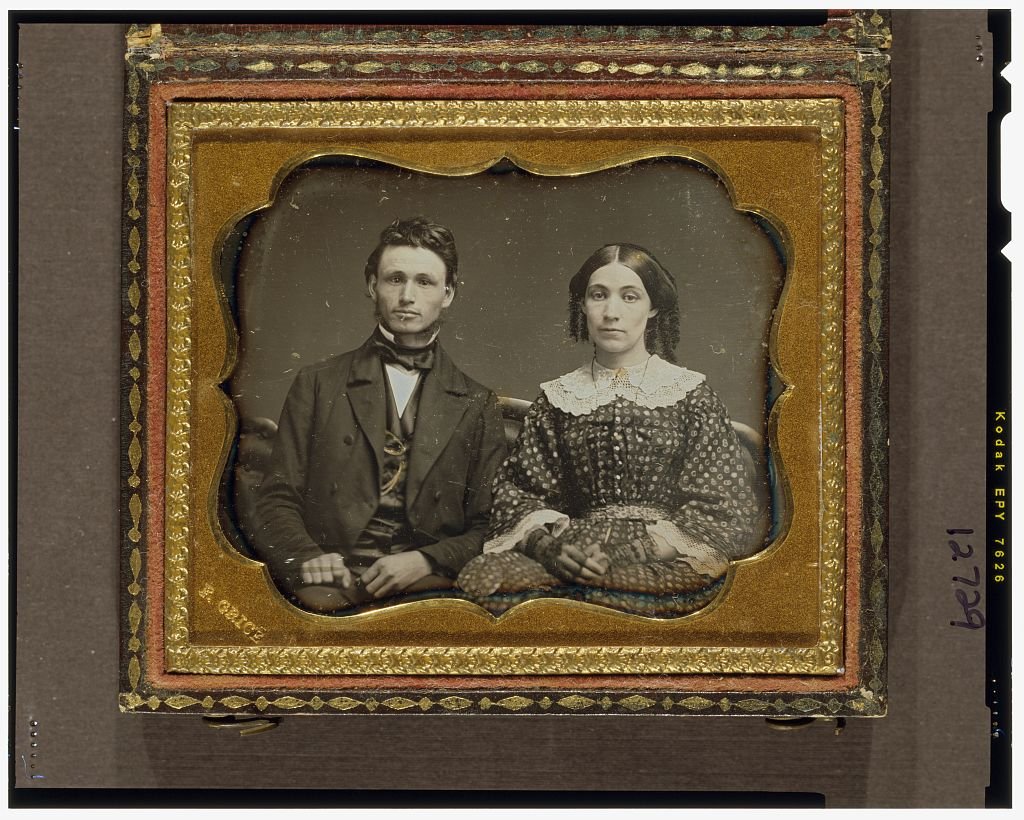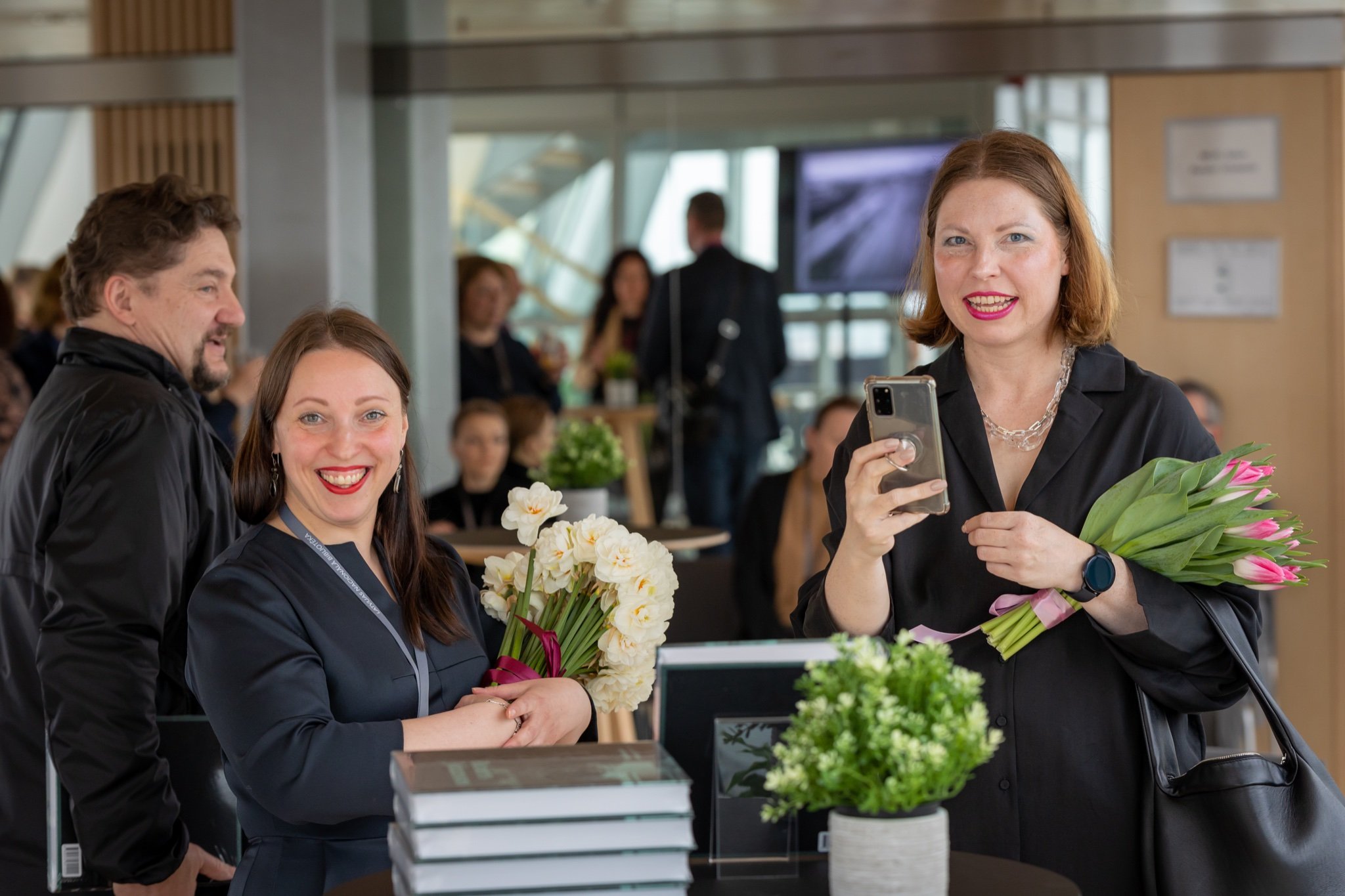Abstract:
“The exhibition is aimed to serve as an impulse for further development of photographic art in our republic, especially among women. (. . .) Women already have proven that they are, and can be, capable photographers, and this exhibition undoubtedly proves that one more time,” wrote Jānis Kreicbergs (1939–2011), a Latvian photographer and member of the Riga Photo Club, in the catalogue of the international photography exhibition Woman with Camera [Fotografē sieviete], which he organized in Riga in 1977. The condescending tone (“women have proven”: to Whom? Why? How?) characterizes the heteropatriarchal field of photography in Soviet Latvia and across much of the transnational photo-club culture at the time. This essay focusses on the exhibition Woman with Camera, which also included works by Estonian women photographers. The aims of this essay are 1) to offer a tentative feminist critique of the Soviet postwar photo club culture, 2) to outline the historical origins of that culture, and 3) to highlight a few sociological and cultural advancements that this culture achieved despite its blatant sexism.
I have chosen the exhibition Woman with Camera as the case study in this essay for several reasons. Firstly, Woman with Camera was arguably the most widely publicized international photography exhibition of the decade in Latvia. Secondly, it presents a unique and complex set of issues: on the one hand, it reflects the dominant worldview of the photo-club culture and manifests the desires and fantasies of straight middle-aged men. On the other hand, it does so—paradoxically—through the work of women photographers. Highlighting such paradoxes helps us better understand what is really at stake: it may be less important to know whether a “man” or a “woman” holds the camera than it is to examine the societal and cultural context in which they operate, the kinds of images they produce and who benefits from their activities. Thus, I argue, the exhibition Woman with Camera did not so much demonstrate the creative output of women photographers as reveal what kinds of images by women photographers were deemed acceptable in the photo-club culture of the time.
Finally, I would like to clarify that my discussion of Woman with Camera in this essay is based mostly on secondary sources: publicity materials of the exhibition and selected works reproduced in the press. The lack of primary sources is among the obstacles that hinder further research. For example, today it is impossible to reconstruct the exhibition Woman with Camera in its entirety. I have not succeeded in finding any images of the installation at the Museum of History of the Latvian SSR. Photographing exhibitions for future reference was not a common practice in the 1970s, and even the show’s organizer, Jānis Kreicbergs, did not have any photo documentation of the actual installation. The exact works are unknown because the catalogue lists only the names of the participants and the countries they represented: 220 prints by 77 women photographers from 11 countries (Bulgaria, Czechoslovakia, Finland, France, Italy, Poland, Romania, Switzerland, the USA, the USSR, and West Germany).

































































